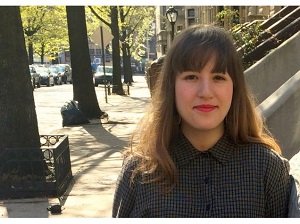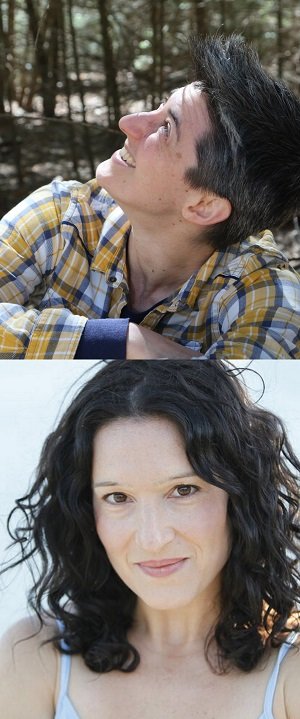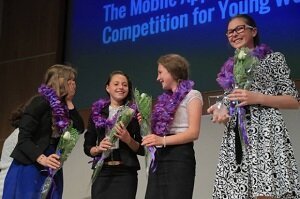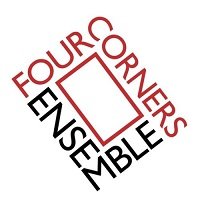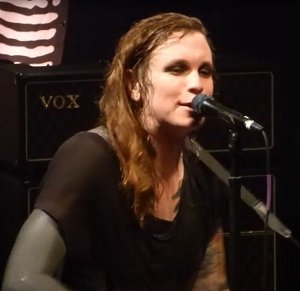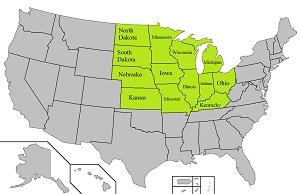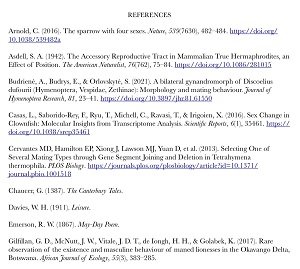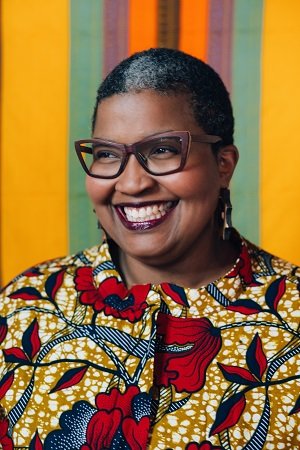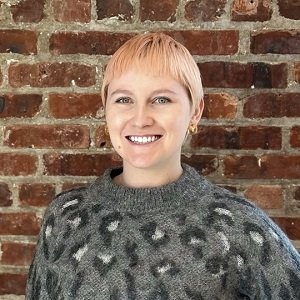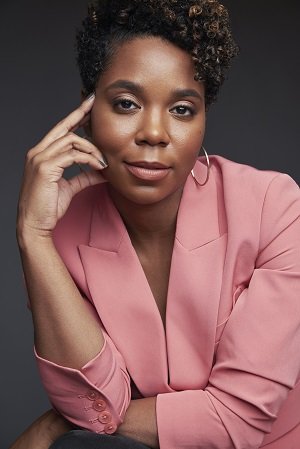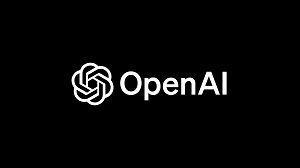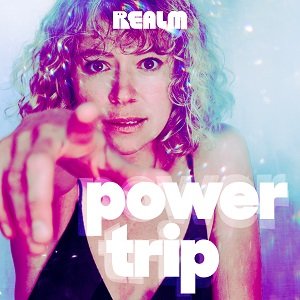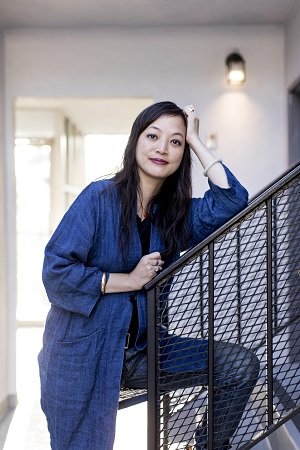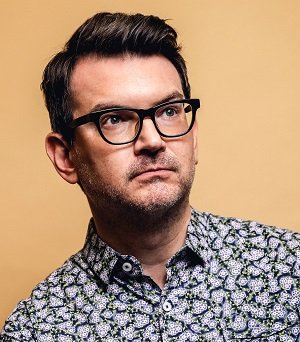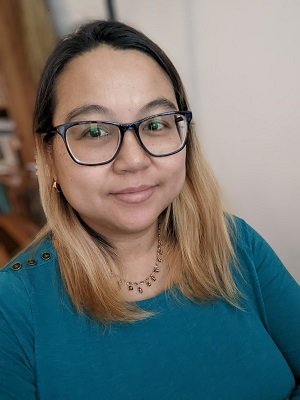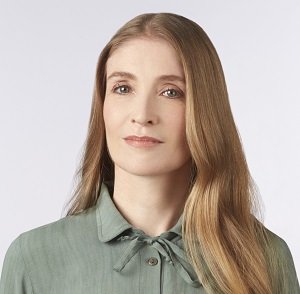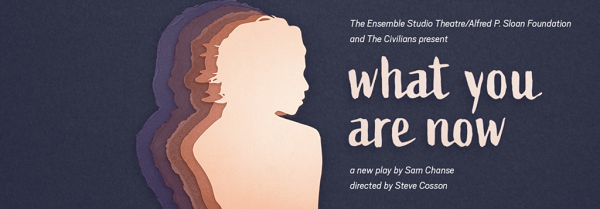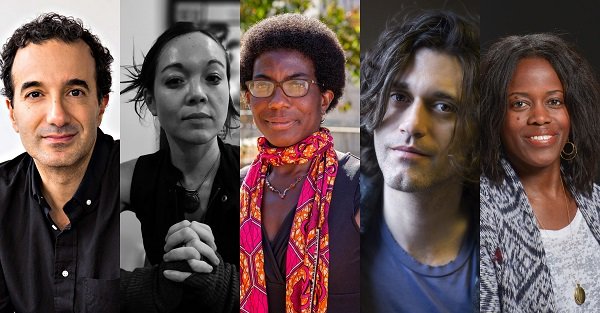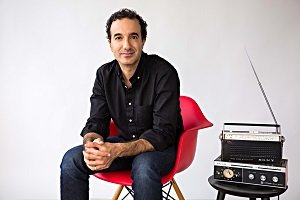Has how we work together changed over time? What can we know now about those who lived 1,000 years ago? WITH FELLOWSHIP, the captivating new play by Amanda Keating, tells two parallel stories: an 11th-century nun grinds beetles to create the precious inks she uses to illuminate manuscripts, and, in our time, a team of researchers studies that nun’s fossilized dental plaque to try to reveal secrets about her life.
WITH FELLOWSHIP will have a live public reading this Thursday, June 22 at 3:00 PM at the Ensemble Studio Theatre as part of the 2023 EST/Sloan First Light Festival. The reading is free and reservations are encouraged.
Amanda reveals her insights about the play below.
(Interview by Rich Kelley)
Tell us how WITH FELLOWSHIP originated?
I originally wrote WITH FELLOWSHIP as a short play for a Sloan-themed Youngblood brunch back in 2019, after I read about some very cool research that was published around the same time. Like Charlie in the play, I’ve always been really fascinated by the Middle Ages and manuscript illumination specifically, so this research — which hypothesized that women in monastic communities were more involved with manuscript production than we previously thought — really excited me. I also have spent many years working in a myriad of workplaces and was eager to write about the strange experience of being in a community with others in that context.
What research did you do to write the play? Did you work with a consultant?
My research mostly involved reading a lot of books about monastic life in the Middle Ages, particularly for women, texts on manuscript illumination, and a handful of articles and books about the study of dental anthropology. I didn’t work with any consultants or researchers, just dug into the materials I could get my hands on to see where they led me.
Why this play? Why now?
I finished the first draft of this play in 2020, right before the pandemic, but the play always felt oddly in conversation with COVID-19. There’s a lot of discussion of “plague” in the 11th-century sections of the play. In both worlds, the characters all feel the need for fellowship, community, and purpose in the wake of crisis and loss. For me, this play feels relevant now because we’re all sort of re-learning community and what it means to be good to each other. I think this is a universal human experience and something that the characters in the play grapple with, whether they inhabit the 11th century or today.
This play is also important to me in how it centers women’s voices in fields that have been largely dominated by men — science and manuscript production. There are male characters in the play, but they exist entirely offstage, allowing us to really see these two workplaces and worlds through the perspectives of female-identifying characters.
WITH FELLOWSHIP was first included in the First Light Festival in 2020. How has the play changed since then?
The play has continued to evolve since 2020! I have done a couple of other readings — mostly virtual — over the years, as well as some “cut” versions of the play that explored B78’s story in isolation. But the 2020 First Light reading was hugely informative for the growth of this play, and because many of the rewrites have been undertaken during the pandemic, I’ve been especially curious about the ways in which the play is in conversation with our experience of the last few years. The structure of the play has remained largely the same but I’ve worked to deepen that conversation, as well as to consider how the two worlds (medieval and contemporary) overlap and collide throughout the play.
You are a former member of EST’s Youngblood program. How did being a member of Youngblood influence or change your playwriting?
Being in Youngblood changed everything for me. It connected me to a huge community of artists and allowed me to see a lot of the work I was writing on its feet. I wrote many brunch and Asking for Trouble plays that taught me how audiences responded to my characters and sense of humor, and was able to work with incredible teams of actors and directors on a handful of readings as well as a workshop production of my play RETREAT in 2016. I learned so much about myself as a writer and a person in Youngblood and am so grateful to have spent four years with the group.
What’s next for Amanda Keating?
Great question! I just finished up my MFA at the Iowa Writers Workshop, so “what’s next” is mostly moving back to the city, hanging out with my dog, and figuring out how to game alternate side parking. I’m also working on a handful of other plays, including a new piece called MELINDAS about three women named Melinda and a dead body in a freezer.
WITH FELLOWSHIP is one of seven readings of new plays in development as part of the EST/Sloan Project in this year’s First Light Festival, which runs until June 22. All readings are free, but reservations are encouraged. The festival is made possible through the alliance between The Ensemble Studio Theatre and The Alfred P. Sloan Foundation.


